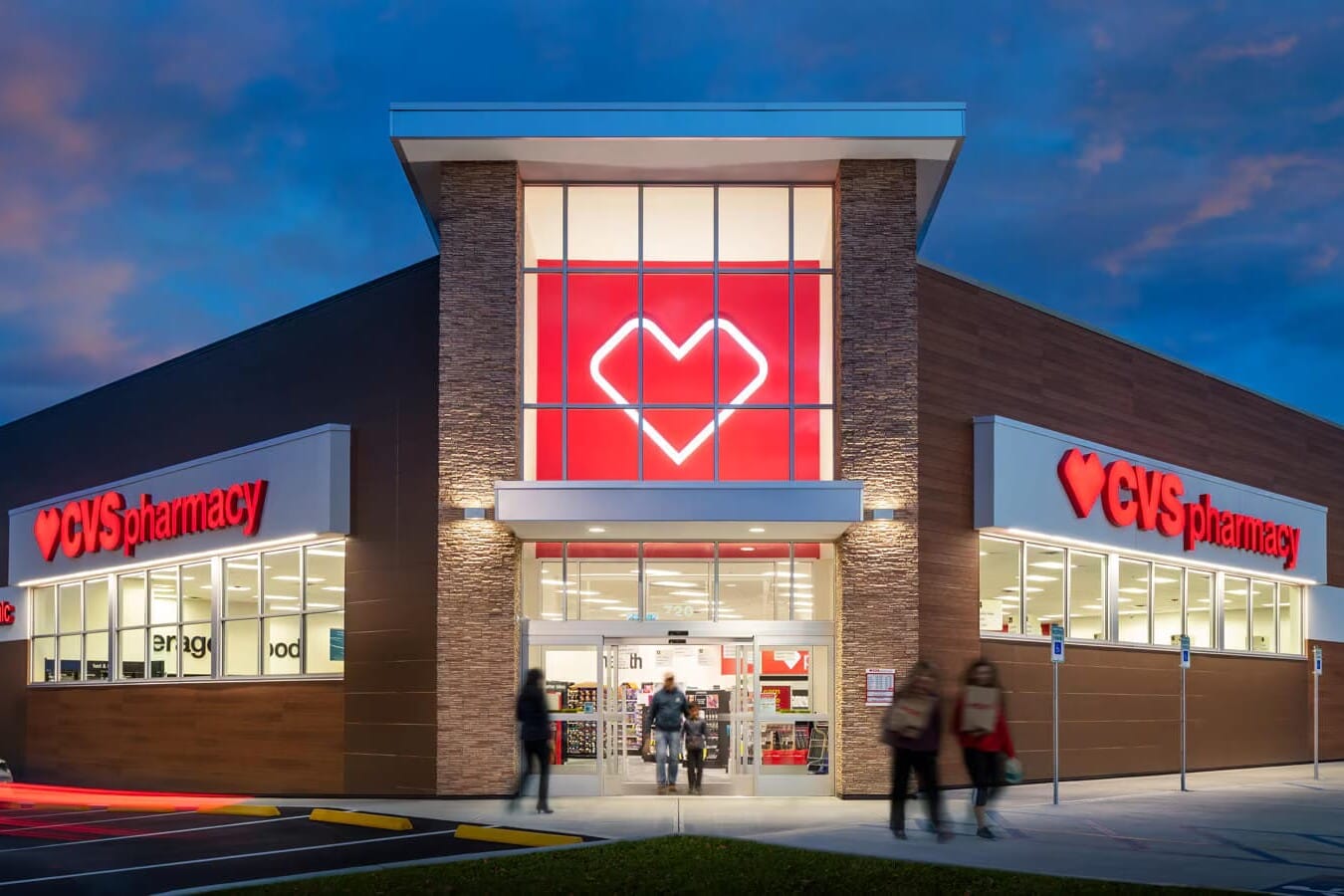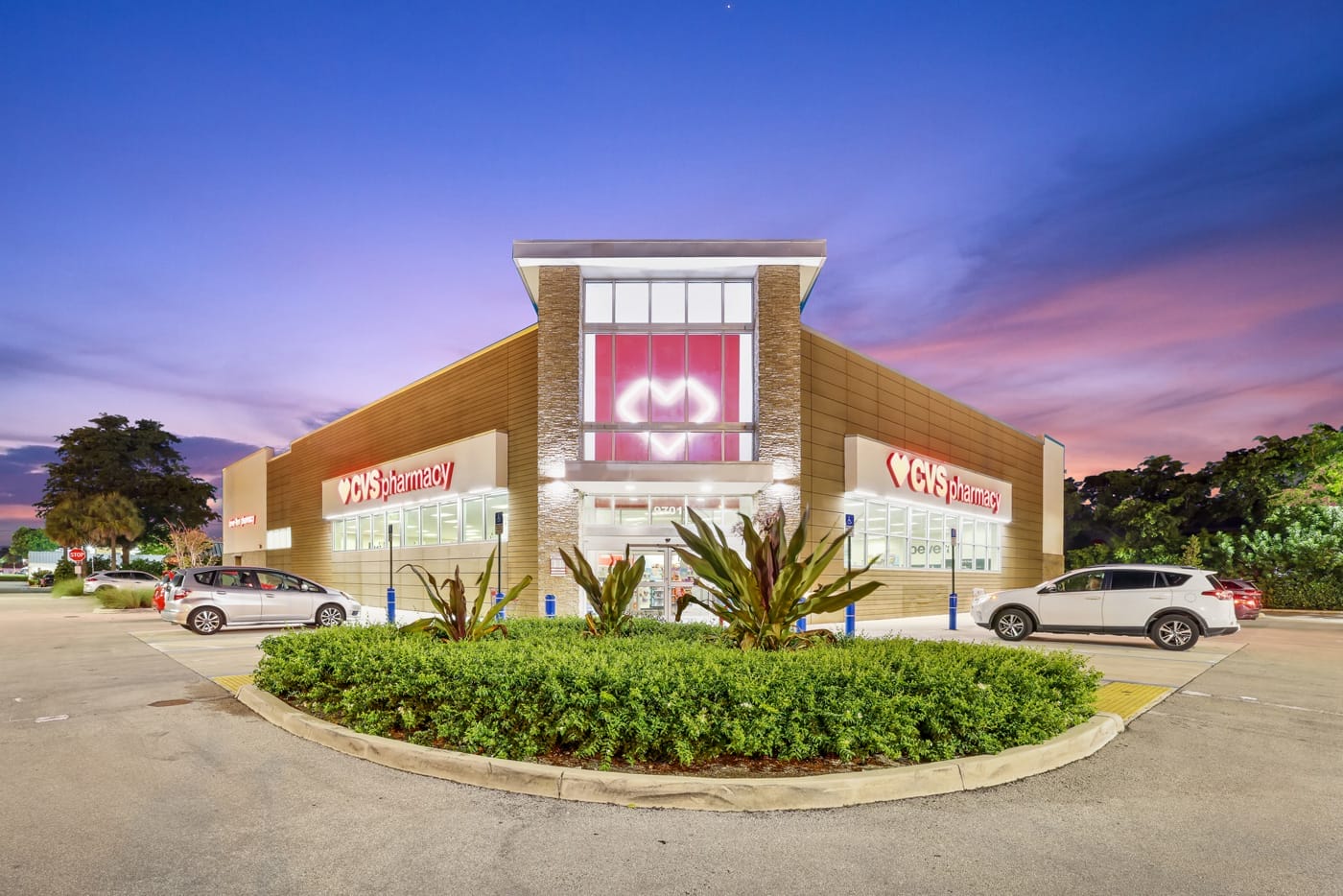December 2014
Net Lease Debt Update

The market seems to have found the perfect balance between analyzing risk and making attractive finance offers on STNL credit/non-credit retail assets. CMBS has by far been the most creative capital outlet, offering terms like 10 year I/O and ARD (Anticipated Repayment Date) structures providing the equivalent of turnkey workouts for investors. Of course leverage and remaining lease terms play a significant role in NNN financing. Lenders will look at dark values to determine where they want to be at the end of the balloon date and/or lease terms—this is where the art of underwriting comes to the forefront.
Banks are following the CMBS lead with their own I/O offerings, providing a more streamlined process with flexible prepayment schedules and fewer costs. The underwriting is a bit more conservative since these loans will remain on their books, and banks face many more challenges when one of their loans has a dark tenant. These institutions remain a very viable source for STNL.
Despite being full recourse lenders, credit unions are also winning their fair share of business by offering very flexible prepayment penalties (typically none), long amortizations, and a much simpler process.
Life insurance lenders are extremely focused on the location of the STNL assets they finance, but will more than likely win the business once they get their sites on a subject they want to finance. Life companies are pretty much full of Walgreen’s and CVS properties, with the occasional small bucket of fund availability opening up—the trick is staying on top of them in order to catch these periodic opportunities. They typically have room for the other credit rated tenants in the marketplace.
Non-credit rated STNL assets are about finding out as much about the tenant as possible and underwriting the loan request based on the merits of the real estate. These loans tend to be more conservative and can require some form of guarantee, but all lender types are playing in this arena and winning business at varying levels.
In all, there are very aggressive adjustable, 3, 5, 7, 10 and longer term fixed rates available for these assets across a large swath of capital providers. By way of example, a WAG portfolio was recently funded with a 10-year I/O and 16-year lease remainder average at 70% LTV.
If you found this article helpful, click here to sign up for the Barry Slatt Mortgage mailing list. We don’t bother with the standard marketing fluff, and only feature information and analysis relevant to your bottom-line.
Related Articles
Recently Sold – DIRECTV Data Center and Broadcasting Facility
Thomas Company is pleased to announce the successful sale of a mission critical data center and broadcasting facility in Tucson, Arizona.
Recently Sold – 18 Property CVS Portfolio
Thomas Company is pleased to announce the successful sale of an 18 property CVS Pharmacy zero-cash-flow portfolio.
Recently Sold – CVS, Miami, FL
Thomas Company is pleased to announce the successful sale of a Zero-Cash-Flow CVS Pharmacy located in Miami, Florida.


